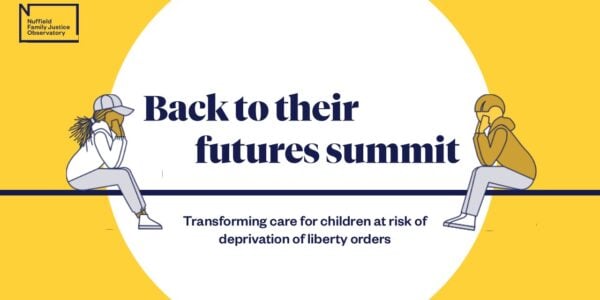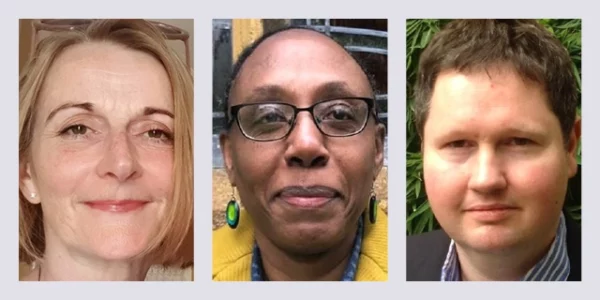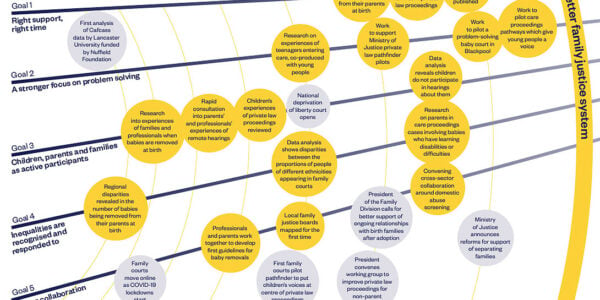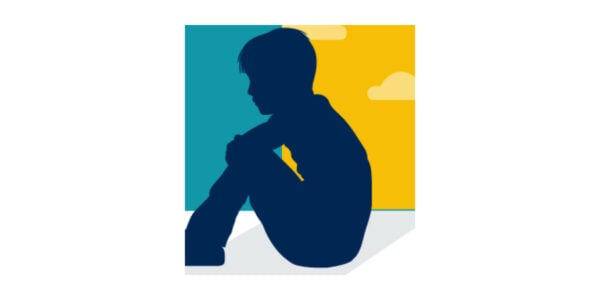In July 2022, the President of the Family Division launched the national deprivation of liberty (DoLs) court. Based at the Royal Courts of Justice, it deals with all new applications seeking authorisation to deprive children of their liberty under the inherent jurisdiction and will run for a 12-month pilot phase initially. Nuffield FJO was invited to collect and publish data on these applications.
Published today is a briefing highlighting high-level data trends from July, August and September 2022.
In the first three months of the national deprivation of liberty court, there have been a total of 352 applications. There were 119 applications in September, 132 in August and 100 in July. The applications were made by 107 different local authorities and seven hospital or mental health trusts.
As data collection continues, Nuffield FJO will be able to build a better picture about how deprivation of liberty applications are being used across the country.
Alice Roe, researcher at Nuffield FJO, explains:
“Data from the first three months of the national DoLs court is providing an early indication of the number of children subject to deprivation of liberty applications – children who were previously hidden from view in national statistics. As this information has not been published before, it is difficult to know if our findings are representative of an overall increase in applications. As we continue to collect data over the coming months, we will be able to get a better picture of how the number of applications compares to previous records.”
In this briefing you can learn more about:
- how the data was collected
- the age and gender of children subject to applications
- regional variations in applications
- who made the applications.
This briefing provides an indication of the volume of applications being issued by the national DoLs court. In the early months of the court, caution should be exercised in interpreting and generalising findings.







